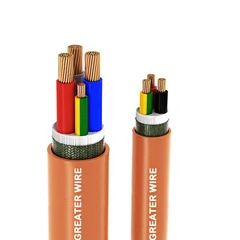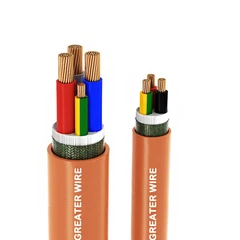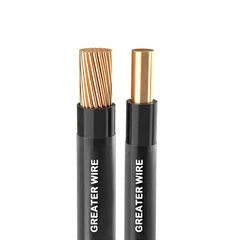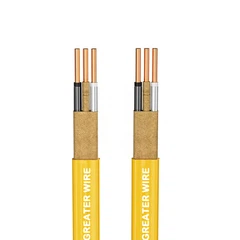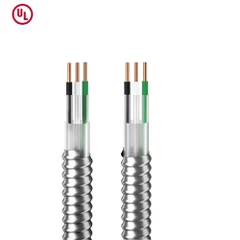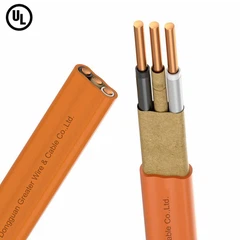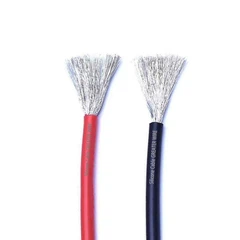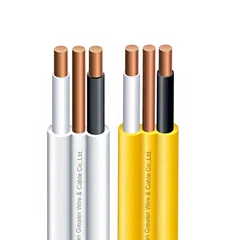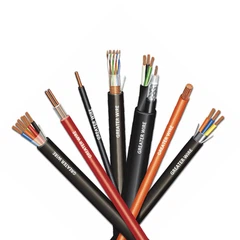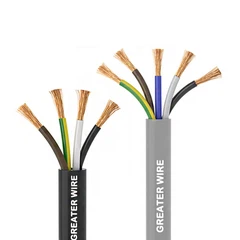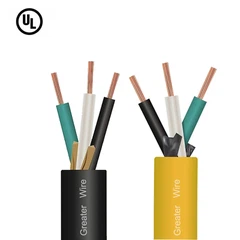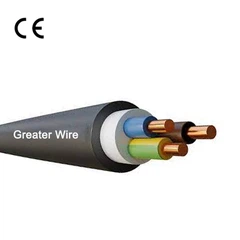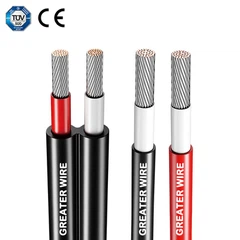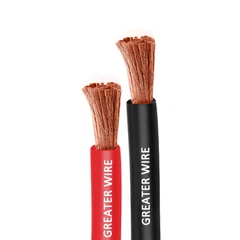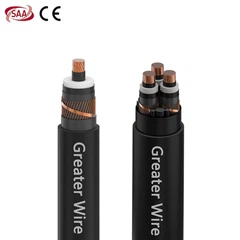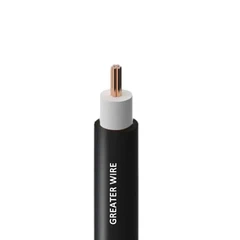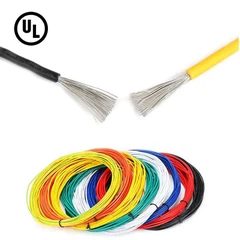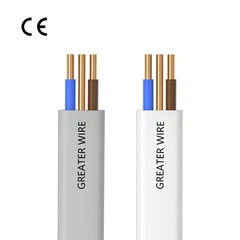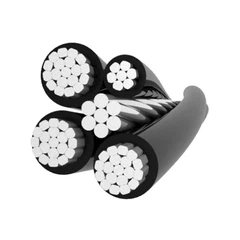1. The role of UL certification
1.1 Basic Concepts of UL Certification
UL (Underwriters Laboratories) is one of the most authoritative safety certification organizations in the world. UL certification mainly focuses on strict testing of product safety, electrical performance, and fire resistance, and issues corresponding certification marks.
UL certification mainly includes the following categories:
UL Listed: The product complies with UL related standards and can be used for final installation.
UL Recognized: Generally applicable at the component level, not the final product.
UL Classified: Certification for specific purposes.
1.2 The impact of UL certification in the cable industry
The UL certification of cable products usually includes the following aspects:
Fire resistance performance: meets the fire resistance rating requirements in NFPA 70 National Electrical Code (NEC).
Temperature resistance: Ensure stable operation of the cable within the rated temperature range.
Mechanical properties: such as impact resistance, tensile resistance, and wear resistance.
Electrical performance: Ensure that the electrical parameters of the cable meet the design requirements, such as rated voltage, current carrying capacity, and insulation resistance.
UL certification plays an important role in enhancing the market competitiveness of cable products, complying with building regulations, and ensuring construction safety.
2.Does MC cable need to comply with UL certification?
2.1 Regulatory and Standard Requirements
Whether MC cables must comply with UL certification mainly depends on their application scenarios and local regulatory requirements. Here are some key reference standards:
NEC (National Electrical Code): NEC specifies the usage environment and installation requirements for MC cables, requiring them to meet certain fire and electrical performance standards, and UL certification is one of the qualified assessment methods recognized by NEC.
OSHA (Occupational Safety and Health Administration): OSHA regulations in the United States require cables used in commercial and industrial environments to comply with UL or other recognized standards.
Local building regulations: Different states and cities may have different certification requirements for MC cables. Some regions strictly require UL certification, while others allow the use of products that comply with NEC but have not been UL certified.
2.2 Under what circumstances is UL certification required?
Generally speaking, MC cables need to comply with UL certification in the following situations:
1.For commercial and industrial projects: Many commercial buildings and factories require the use of UL certified cables to meet insurance and safety standards.
2.Involving government or public projects: Government projects typically require all electrical materials to comply with UL standards to ensure quality and safety.
3.In places that require inspection and insurance: Some insurance companies and safety regulatory agencies require that cables installed must have UL certification to reduce the risk of fire and electrical accidents.
4.High risk or special environments, such as petrochemical plants, data centers, hospitals, etc., require cables to have specific fire and electromagnetic shielding properties, usually requiring UL certification.
2.3 Under what circumstances can UL certified MC cables not be used?
Not all occasions require UL certification, and MC cables may not require UL certification in the following situations:
1.Private residential projects: Some residential buildings allow the use of cables that comply with NEC but are not UL certified, provided that their quality and performance meet local electrical regulations.
2.Internal use or non critical applications: If MC cables are only used for internal wiring of non critical equipment and do not involve fire or safety regulations, UL certification may not be required.
3.Export products: Some MC cables exported to overseas markets may require certification from other countries (such as CE certification) instead of UL certification.



3.UL Certification Process for MC Cable
If MC cables need to obtain UL certification, they usually need to go through the following steps:
1.Application: The manufacturer submits a certification application to UL, providing product specifications and technical information.
2.Sample testing: UL conducts rigorous mechanical, electrical, and fire resistance tests.
3.Factory audit: UL conducts on-site inspections of production facilities to ensure that the quality management system meets requirements.
4.Certification release: If the test and audit are passed, UL issues certification, allowing the product to use the UL logo.
5.Continuous monitoring: UL regularly inspects manufacturers' products and production processes to ensure compliance with certification standards.



